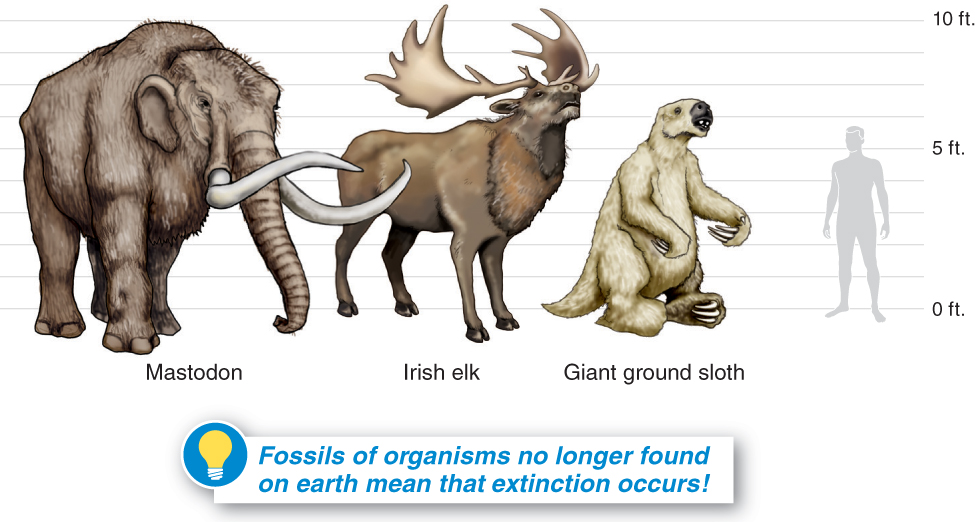8.2–8.4: Darwin journeyed to a new idea.

Charles Darwin grew up in an orderly world. In the Victorian British society he inhabited, many beliefs about humans and our place in the world had changed little over the previous two centuries. Biblical explanations were sufficient for most natural phenomena: most people thought the earth was about 6,000 years old. And with the occasional exception of a flood or earthquake or volcanic eruption, the earth was believed to be mostly unchanging. People recognized that organisms existed in groups called species or kinds. (In Chapter 10, we discuss in more detail what a species is; for now, we’ll just say that individual organisms in a given species can interbreed with each other but not with members of another species.) People in Darwin’s society also generally believed that all species, including humans, had been created at the same time and that, once created, they never changed and never died out.
Darwin threw into question some long-

320
In the 1700s and 1800s, scientific thought was advancing at a rapid pace. In 1778, the respected French naturalist Georges-

Not only was it starting to seem that species could disappear from the face of the earth, but several scientists, including Darwin’s own grandfather, Erasmus Darwin, began to suggest that living species might change over time. And in the early 1800s, the biologist Jean-
Perhaps the revolutionary ideas that most inspired Darwin were those of the geologist Charles Lyell. In his 1830 book Principles of Geology, Lyell argued that geological forces had shaped the earth and were continuing to do so, producing mountains and valleys, cliffs and canyons, through gradual but relentless change. This idea that the physical features of the earth were constantly changing would most closely parallel Darwin’s idea that the living species of the earth, too, were gradually—
TAKE-HOME MESSAGE 8.2
In the 18th and 19th centuries, scientists began to overturn many commonly held beliefs in the Western world, including that the earth was only about 6,000 years old and that all species had been created separately and were unchanging. These gradual changes in scientists’ beliefs helped shape Charles Darwin’s thinking.
Give at least two examples of observations that helped chip away at the idea of a relatively young and unchanging earth.
321